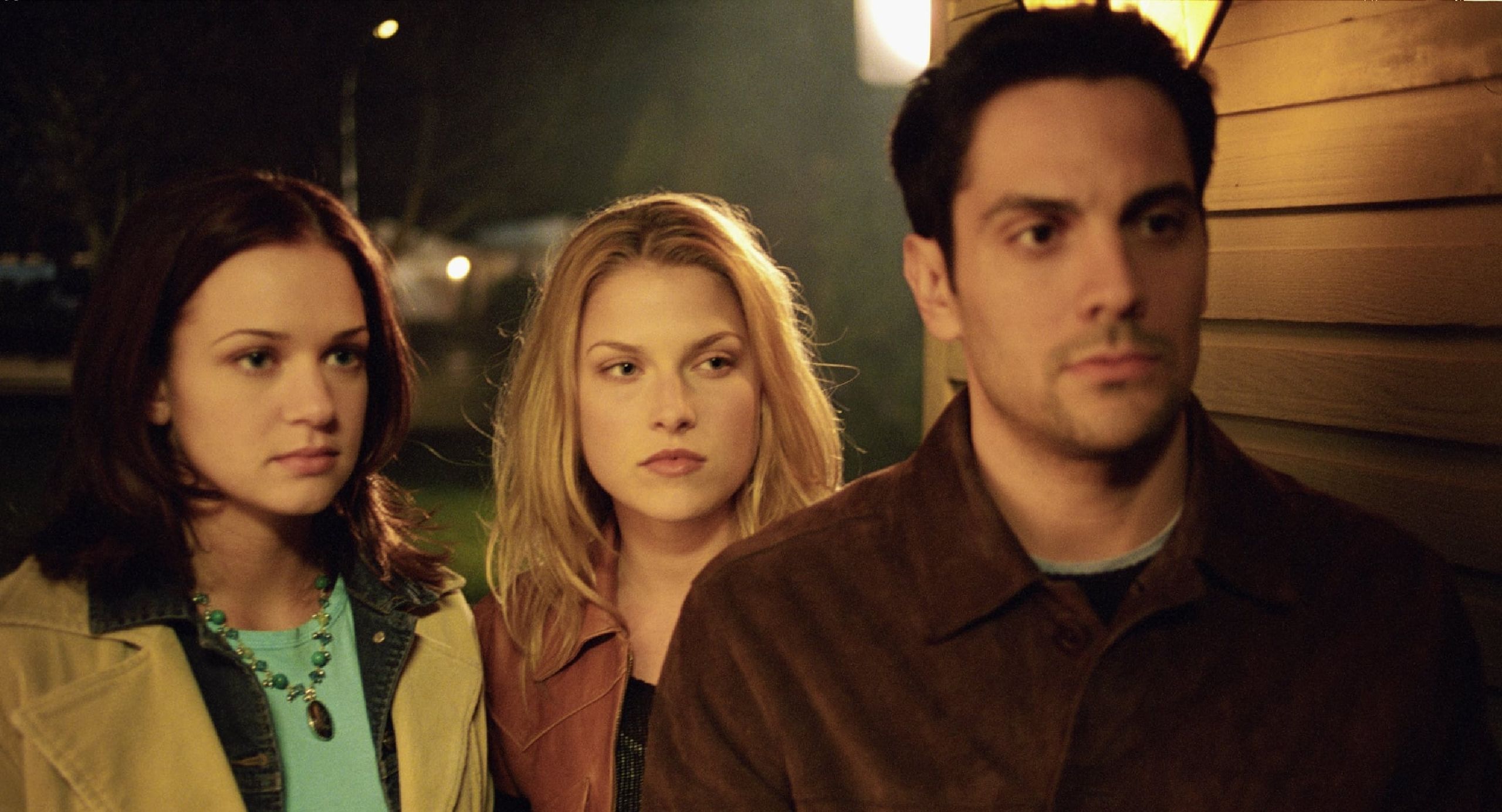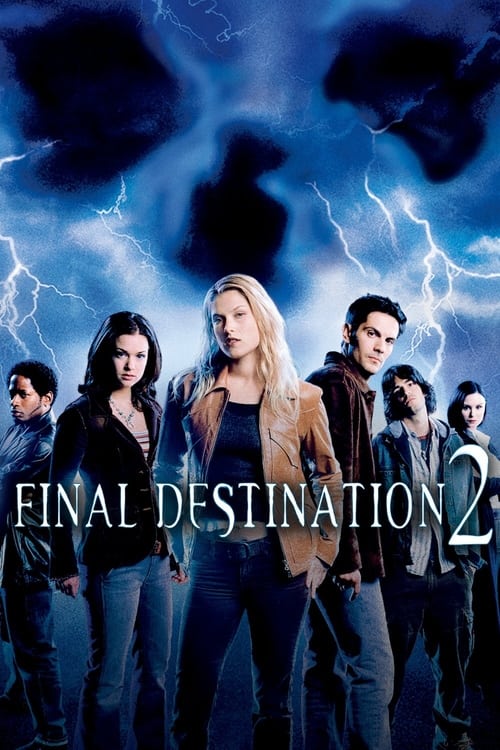Final Destination 2 – Film Review
Published February 25, 2024

As the inevitable successor to the 2000 cult classic, Final Destination 2, directed by David R. Ellis, attempts to replicate the formula of its predecessor with varied results. At its heart, the franchise’s allure lies in its morbid fascination with death and the notion that escaping one’s fate is merely a temporary reprieve from the inevitable. This sequel embarks on a similar journey with a fresh batch of unwitting souls, yet it feels like a vehicle driven on the same road, only at a different speed. This review aims to dissect the elements that make Final Destination 2 both an entertaining spectacle and a missed opportunity to transcend its original blueprint.
The movie opens with a gripping set-piece, a hallmark of the series, that outdoes the original in terms of sheer audacity and technical execution. A catastrophic highway pileup, envisioned during a premonition by Kimberly Corman (A.J. Cook), sets the stage for the ensuing narrative. Cook delivers a commendable performance as the film’s protagonist, conveying a blend of vulnerability and determination as she navigates the murky waters of fate. The disaster sequence itself is a feat of visual effects and stunt work, crafting a visceral and hauntingly plausible spectacle that lingers long after the scene concludes. This opening act sets a high bar, not only for the rest of the film but for the disaster genre as a whole.
Where Final Destination 2 shines is in its unapologetic embrace of its macabre premise. The Rube Goldberg-esque death sequences that became the franchise’s signature are both more inventive and grotesque here. They operate on a level of grim creativity that borders on dark comedy, challenging the viewer to both anticipate and dread the inevitable outcomes. The deaths are elaborate and, at times, astonishingly well-crafted, demonstrating a keen eye for detail and timing from Ellis and his team. There’s an undeniable artistry in the way the film plays with audience expectations, using foreshadowing and misdirection to build tension before delivering its deadly payoff.
Yet, it’s within these elaborately staged demises that the film also finds its limitations. The reliance on shock and awe over character development or narrative depth leaves Final Destination 2 feeling somewhat hollow. Unlike its predecessor, which managed to weave its premise into a tense narrative fabric of teen angst and existential dread, this sequel prioritizes spectacle over substance. The characters, aside from Kimberly, are thinly drawn, serving more as fodder for death’s grand design than as individuals the audience can genuinely care about. While the performances are generally competent, with standout moments from Michael Landes as Officer Burke, the script doesn’t offer much in terms of emotional depth or complexity.
The thematic underpinnings of Final Destination 2 explore interesting terrain, particularly the idea of interconnected fate and the ripple effects of surviving a disaster. The introduction of Clear Rivers (Ali Larter), the sole survivor from the first film, offers a thread of continuity and raises intriguing questions about survivor’s guilt and the psychological toll of eluding death. However, these themes are often sidelined in favor of advancing the next inventive set-piece. The film hints at a richer, more introspective story lurking beneath its surface, one that might have elevated it above mere horror spectacle, but it shies away from diving too deep.
On a technical level, the film is undeniably impressive. The cinematography and editing work in concert to create a palpable sense of dread, leveraging the anticipation of disaster as a tool to engage the viewer. The sound design deserves special mention for its role in amplifying the tension and providing a visceral texture to the death sequences. The film’s special effects, a mixture of practical and CGI, are generally effective, though some of the more ambitious moments betray their early-2000s origins with visuals that have not aged as well as one might hope.
Ultimately, Final Destination 2 stands as a competent horror sequel that delivers on the promise of its premise but falls short of realizing its full potential. It amplifies the strengths of the original—creative death sequences and a relentless pace—while succumbing to the same pitfalls of shallow characterization and a reliance on formula. For fans of the franchise or the horror genre, the film offers a satisfying if unremarkable, diversion—a chance to once again cheat death from the comfort of a cinema seat.
Final Destination 2 occupies a curious space within the pantheon of horror sequels. It succeeds in outdoing its predecessor in terms of spectacle and inventive carnage but struggles to leave a lasting impact beyond its immediate thrills. The film serves as both a testament to the enduring appeal of its central conceit and a reminder of the limitations of adhering too closely to a tried-and-tested formula.
